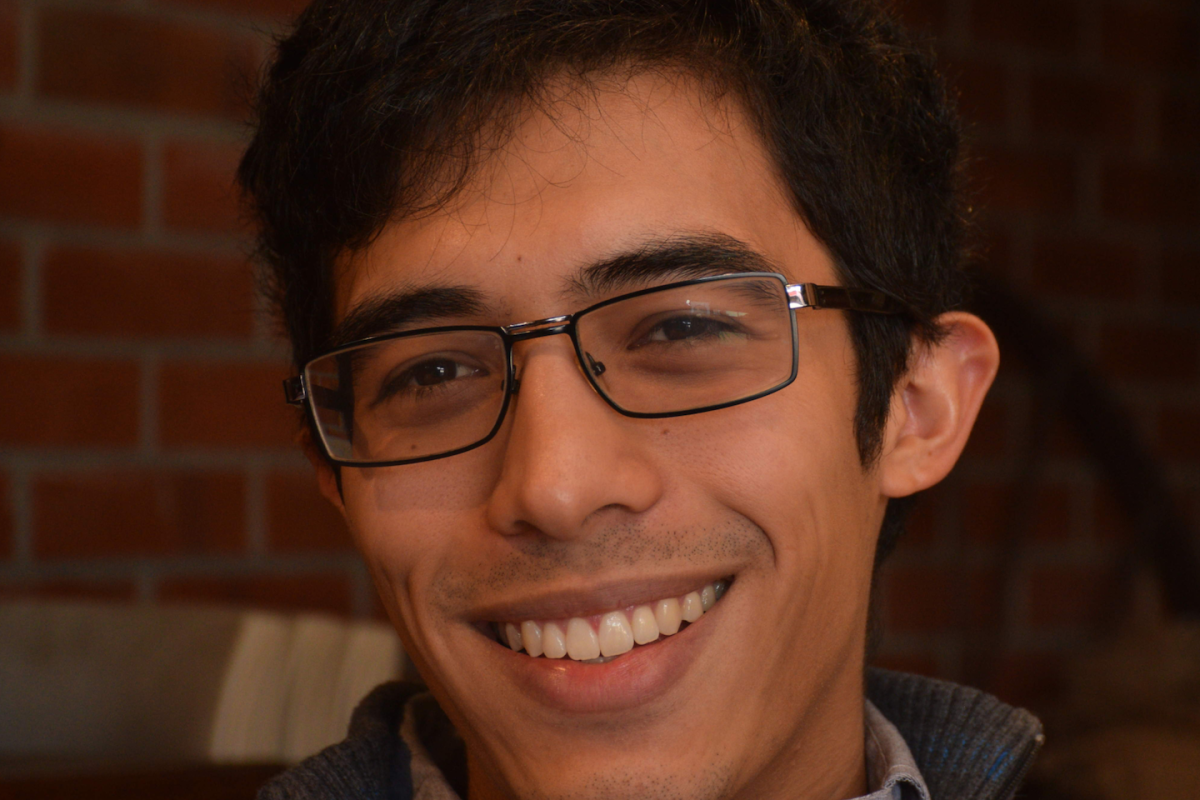Olin’s del Rosario Awarded NSF Grant for Studying How Engineers Understand Variability
March 17, 2022
Zachary del Rosario ’14, assistant professor of engineering, has been awarded a $180,000 grant from the National Science Foundation (NSF) to investigate how practicing engineers recognize data variability in their real-world projects.
For the study, del Rosario aims to recruit two cohorts of professional engineers with industry experience to learn how they think about data when making engineering decisions. The concept for this work was borne from del Rosario’s experience during his doctoral dissertation in aerospace engineering at Stanford University.

“A simple dichotomy in engineering problems is the difference between what’s real and what’s an error..."
When you encounter uncertainty in designing an engineering system, is it an error in your measurements, or is it real variability that needs to be accounted for? A big part of what I’m doing is putting engineers in situations to see if they can recognize what’s real versus what’s an error.”
Zachary del Rosario ’14
Faculty
Read more: Uncertainty in engineering“My PhD work was mainly theoretical, computational stuff aimed at improving aircraft safety by understanding that there are long-standing probability errors in their design,” says del Rosario. “Often when I tried to explain my work to practicing engineers, they had a really difficult time understanding the project—not because it was too complicated, but because fundamental ideas about how uncertainty shows up in engineering problems didn’t seem to be part of how they viewed the world”
The study seeks to better understand practicing engineers’ course of reasoning, as well as determine the role data science education can play in developing the skillset of interpreting variability.
“A simple dichotomy in engineering problems is the difference between what’s real and what’s an error,” says del Rosario. “When you encounter uncertainty in designing an engineering system, is it an error in your measurements, or is it real variability that needs to be accounted for? A big part of what I’m doing is putting engineers in situations to see if they can recognize what’s real versus what’s an error.”
After undergoing this “real vs. error” simulation test, study participants will then take a free, six-week data science course taught by del Rosario. At the end of the course, participants will take another simulation test to see if their behavior has shifted.
“The end goal is to develop some fairly simple data science ideas that can be used in the classroom to equip the next generation of engineers with this skillset,” says del Rosario. “But there’s a secondary goal of creating a professional development workshop aimed at practicing engineers to get this concept out into the industry.”
To ensure effective results, del Rosario is seeking engineers with industry experience and a background in structural engineering, such as mechanical, civil, aerospace, and related disciplines. The first cohort of 24 engineers will begin the free six-week data science course in summer 2022, with the second cohort slated to being the following summer.
You can learn more about del Rosario’s study and apply to be a participant here.